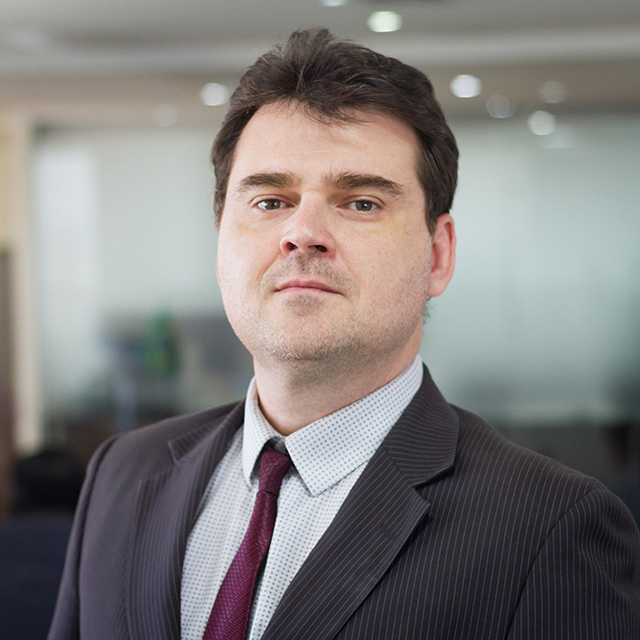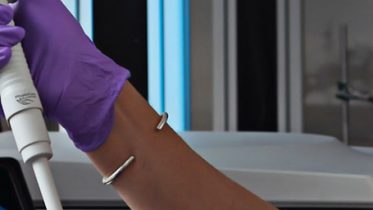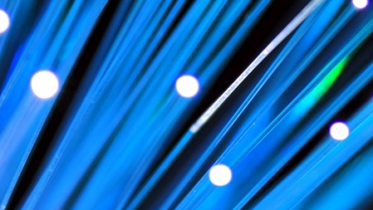Brazil | Update to examination guidelines of computer-implemented inventions
- 04 January 2021
- New legislation
On December 29th, 2020, through Ordinance INPI no. 411 of December 23, 2020, the Brazilian Patent and Trademark Office (BRPTO) published an updated version of Resolution no. 158 of 2016, on computer-implemented inventions. This update is effective as of January 1, 2021.
The new resolution makes more understandings that were somehow implicit before.
Some points of interest are highlighted below:
- Artificial intelligence techniques, such as machine learning and deep learning, are now specifically acknowledged as patentable as long as they solve a technical problem. They were unmentioned in the previous resolution, which led to uncertainty on possibilities of protection;
- The new resolution makes a distinction between set of instructions and expression of a set of instructions, wherein a set of instructions defines a method, while an expression of a set of instructions defines a particular way in which such a method manifests itself. The expression of a set of instructions in a language, object code, source code or source code structure is not considered an invention, even though its execution provides technical effects. What can be considered an invention is the set of steps implemented by a computer, as long as such set of steps is itself patentable;
- In practice, technical effects derived from changes in the source code, programming syntax and the like are excluded from patent protection, even though they may solve a technical problem. To be eligible, the technical effect must be derived from the set of steps rather than a new source code;
- Claim categories including “software, computer program, computer program product, algorithm, application and code” and expressions considered as synonym to computer program are now specifically forbidden of protection;
- The accepted template for support claims, i.e., claims of the form “means comprising computer instructions”, must be specified, p.ex., “computer-readable memory characterized by containing a set of instructions that, when executed, perform the method with steps A, B and C”. The method referred to in the support claim must be defined in a previous claim, and such method must be considered patentable. Other acceptable categories for the support claim include “recording media, memory, signal, wave, carrier, non-transient medium readable by computer, among others”.
For more information, please contact us at brj@clarkemodet.com.br.










